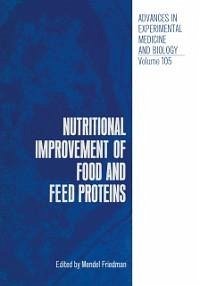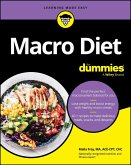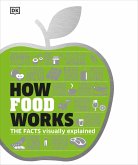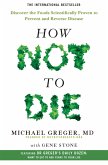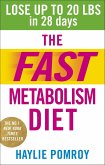The nutritional quality of a protein depends on the proportion of its amino acids-especially the essential amino acids-their physio logical availability, and the specific requirements of the consumer. Availability varies and depends on protein source, interaction with other dietary components, and the consumer's age and physiological state. In many foods, especially those from plants, low levels of various essential amino acids limits their nutritive value. This is particularly important for cereals (which may be inadequate in the essential amino acids isoleucine, lysine, threonine, and tryto phan) and legumes (which are often poor sources of methionine). Moreover, these commodities are principle sources of protein for much of the earth's rapidly growing population. At the current annual growth rate of about 2 percent, the world population of about 4 billion will increase to 6.5 billion by the year 2000 and to 17 billion by the year 2050. Five hundred milliQn people are presently estimated to suffer protein malnutrition, with about fifteen thousand daily deaths. The ratio of malnourished to adequately nourished will almost surely increase. For these reasons, and especially in view of the limited availability of high quality (largely animal) protein to feed present and future populations, improvement of food and feed quality is especially important.
Dieser Download kann aus rechtlichen Gründen nur mit Rechnungsadresse in A, B, BG, CY, CZ, D, DK, EW, E, FIN, F, GR, HR, H, IRL, I, LT, L, LR, M, NL, PL, P, R, S, SLO, SK ausgeliefert werden.

